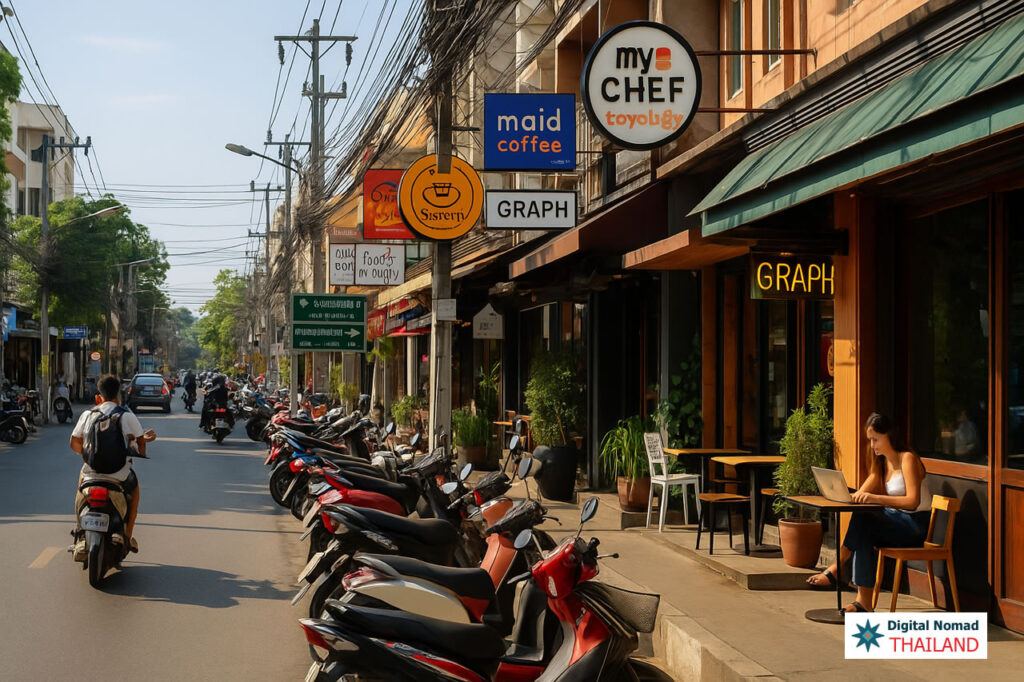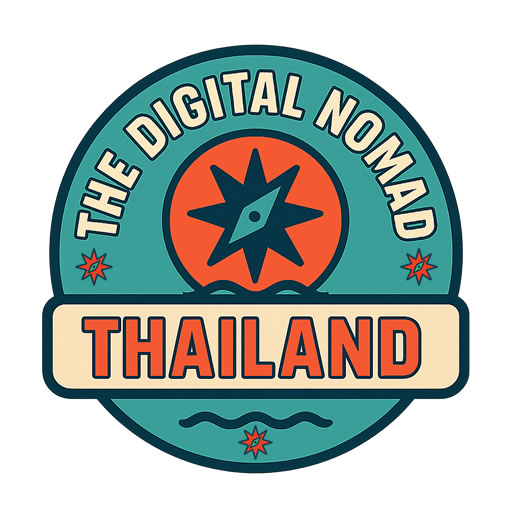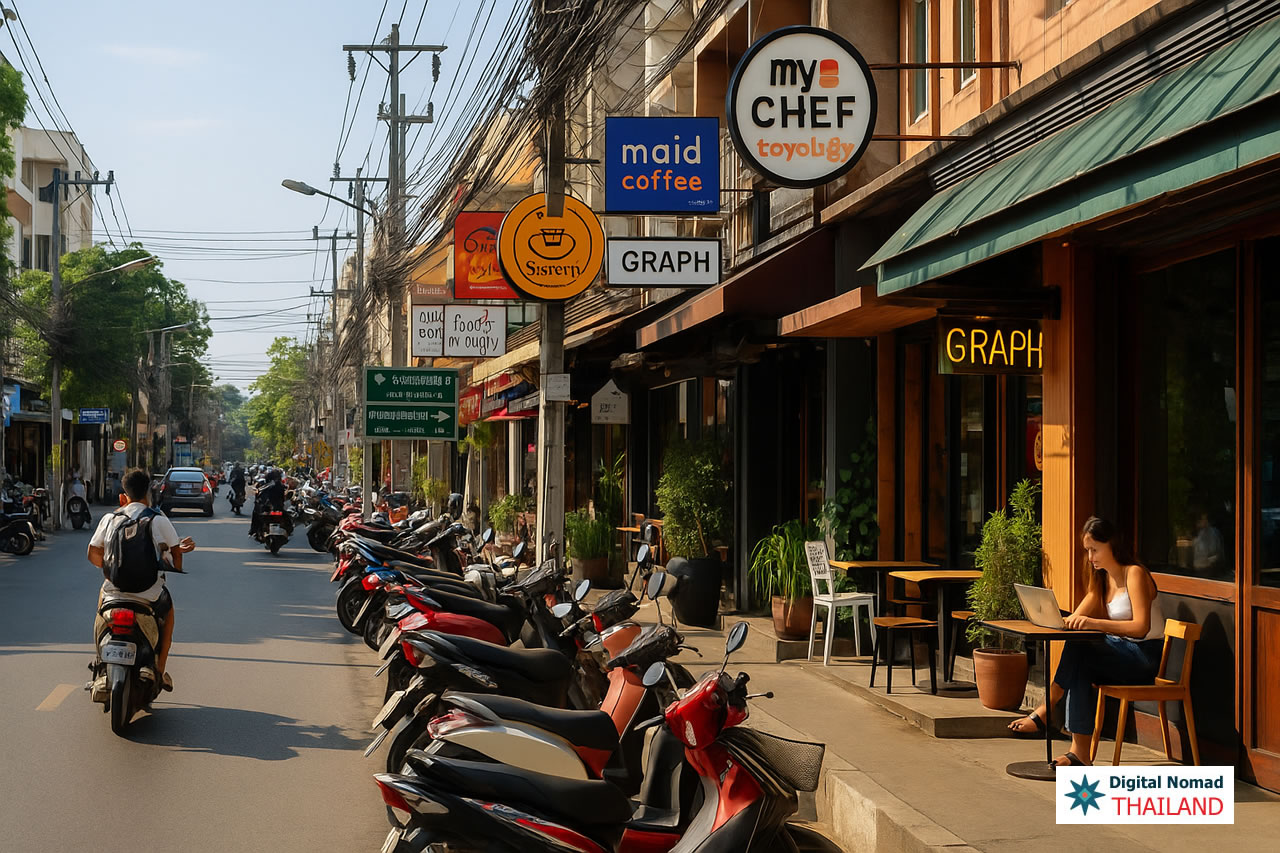
If there’s one city that never drops off a digital nomad’s radar, it’s Chiang Mai. Affordable, relaxed, and buzzing with cafés and co-working spaces, this northern hub blends cost, community, connectivity, and lifestyle better than anywhere else in Thailand.
With low rent, fiber internet, café-packed streets, and a thriving international crowd, it’s one of the best places in the world to set up your laptop—plus you get friendly workspaces and weekend escapes to mountains, waterfalls, and temples. Here’s why it works, the trade-offs to know, and what kind of budget you’ll need.
What Makes Chiang Mai So Popular
Chiang Mai keeps attracting nomads for the same reasons year after year: it’s affordable, easy to work from, and has a strong community. Here’s a quick look at what sets it apart.
| Feature | Why It Stands Out |
|---|---|
| Affordability | Rent, food, and transport cost far less than in Bangkok or on the islands, so you can live comfortably without overspending. |
| Work-friendly infrastructure | Countless co-working spaces and cafés with strong WiFi, plus fiber internet in most apartments, make it easy to stay productive. |
| Community & lifestyle | A big, welcoming nomad and expat crowd with regular meetups, events, and collaborations—blended with Chiang Mai’s rich culture, food, and nature. |
| Lifestyle perks | A slower pace than Thailand’s big cities, wellness options everywhere, and easy weekend escapes to the surrounding mountains and countryside. |
What’s New/Important in 2025
- Remote-work friendly visas are making it easier to stay longer without constant border runs— especially new options like the 👉 Thailand Digital Nomad Visa (DTV)
- Faster internet and more co-working spots are spreading into new neighborhoods beyond Nimman and the Old City.
- Environmental awareness is growing, with more nomads planning around the smoky “burning season” months.
- Prices are creeping up in premium apartments, trendy cafés, and popular coworking spaces compared to a few years ago.
Things to Be Mindful Of
- Air quality issues – During the burning season (roughly February to April), pollution levels can get high. Sensitive travelers often plan trips away during this period.
- Visa complexity – Thailand’s rules change often, and long stays can still be tricky without the right visa. Always check the latest updates before committing.
- Location trade-offs – Living outside central areas like Nimman or the Old City often means slower internet, fewer cafés, and less convenience.
- Rising costs – While still cheap compared to the West, trendy cafés, premium apartments, and coworking spaces are pricier than they used to be.
Quick Snapshot: Cost of Nomad Living
Here’s a rough monthly budget for a moderate but comfortable lifestyle in Chiang Mai:
| Item | Estimate (THB / USD approx) |
|---|---|
| Furnished 1-bed apartment | THB 10,000–15,000 |
| Food, cafés, coworking | THB 6,000–12,000 |
| Utilities & Internet | THB 1,500–2,500 |
| Transport & local travel | THB 1,000–3,000 |
| Misc (groceries, health, entertainment) | THB 3,000–6,000 |
| Total | THB 21,500–38,500 (~ USD 650–1,200) |
If you’re looking for comfort + community + affordability + adventure, Chiang Mai is hard to beat in Thailand. It gives you a base that supports work, life, and exploration in a balanced way.
✅ For the full guide—where you’ll find things like detailed neighbourhood breakdowns, healthcare info, the best cafés & coworking spaces, more cost-details, and lived experiences—be sure to read the full Thrive in Thailand: Chiang Mai Digital Nomad Guide

